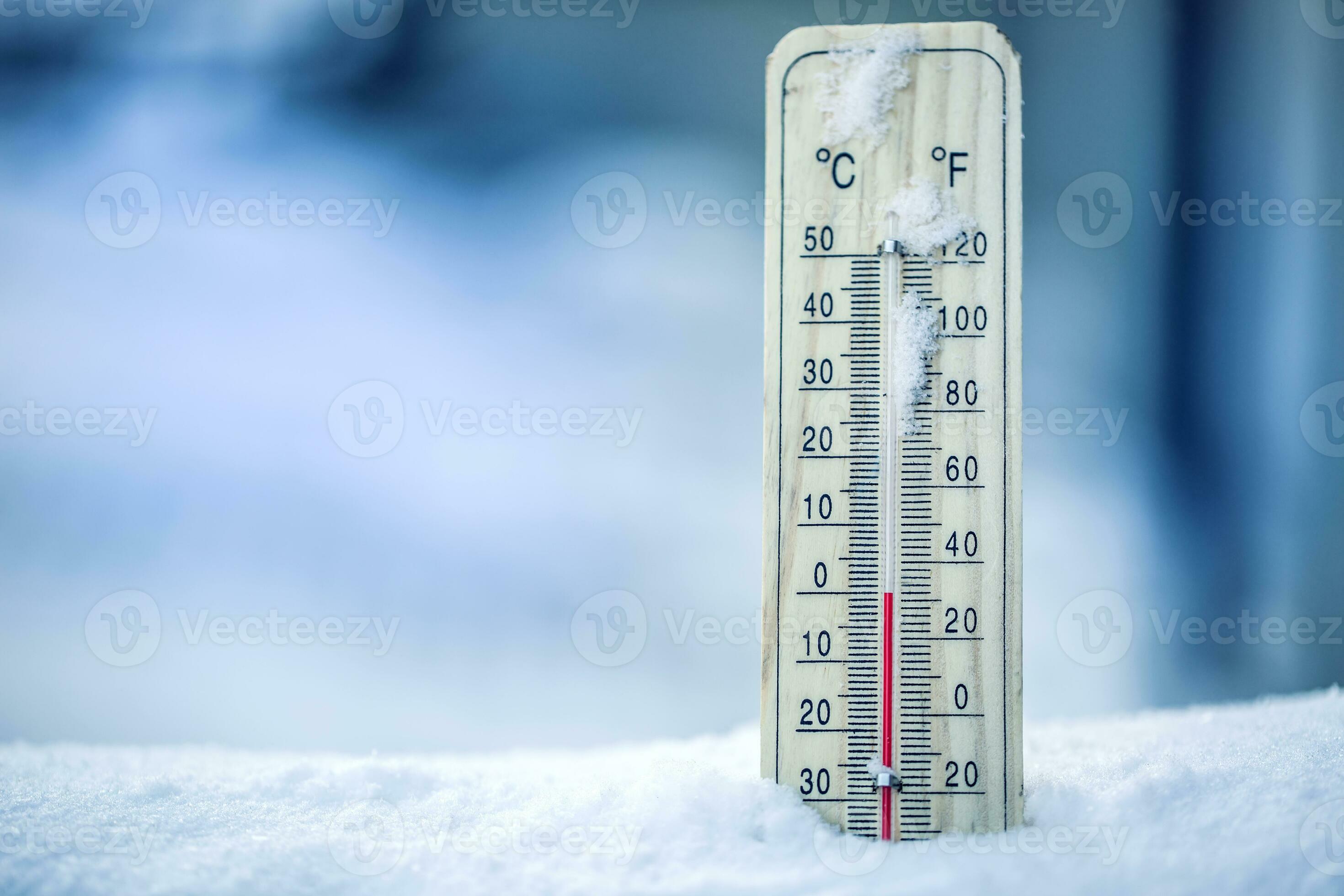
That First Winter Shock
You know what’s funny? The weather app says 25 degrees Fahrenheit, and you think… okay, chilly, but not crazy, right? Cut to my buddy Jake—he’s all geared up for his morning jog, feeling kind of proud, honestly, like he’s outsmarting the season. Five minutes in? He’s regretting every life choice. Cheeks burning, fingers suddenly gone—weirdly—numb, and even his breath feels like he’s swallowed a frosty cloud.
So let’s get this out in the open: is 25 degrees fahrenheit cold for your average person (and your fitness goals)? Short answer? Yes, it’s cold. But it’s that kind of cold that sneaks up, not obvious like the deep freeze at -25 F, but definitely not “just brisk.” If you’ve ever wondered why 25 F bites so hard, what it means for staying healthy and active—and how to thrive instead of just shiver—let’s talk about it. Friend to friend.
Why 25°F Doesn’t Mess Around
First, let’s pin down what 25 degrees Fahrenheit really means. If you’re used to Celsius (honestly, why does the U.S. insist on being different?), 25F is about -3.9°C. If you want a quick refresher, check out is 25 degrees fahrenheit cold in celsius for all the conversion nerdiness you crave. But let’s be real—regardless of the scale, it’s the kind of chill that has your breath showing up like mysterious smoke signals.
Is it “oh my gosh I can’t feel my face” cold like -25? Nope. But 25 F is that awkward middle child of cold—it can be biting, especially if you’re not ready. Have you ever noticed how it just seeps in and makes you want to speedwalk everywhere?
So What Does 25 F Do to Your Body?
Here’s the thing—your body clocks temperature dips with impressive precision. At 25 degrees fahrenheit, it’s not quite the “insta-freeze your eyebrows” zone, but your system still switches to winter mode, fast.
- Numb Fingers & Toes: The first thing most folks feel. Your blood vessels constrict to keep the heat in your core, which means your hands and feet lose out. I can’t tell you how many times I’ve thought, “Just one more block…” only to realize my thumbs are icicles.
- Persistent Shivers: It’s not just the shakes—it’s your muscle’s way of generating heat. Kinda fascinating, but not the vibe if you’re planning a peaceful walk to the coffee shop.
- Breath Feels Cold & Sharp: That first inhale? Feels clean, almost bracing. The third one, though? It’s like those ice-cold sodas, but for your lungs.
Table: How Cold Hits Faster Than You Think
| Temperature (F) | Symptoms (after 10-20 min outside, light activity) |
|---|---|
| 32 | Chilly, but manageable; maybe a runny nose |
| 25 | Numbness sets in, shivers start, skin feels tight |
| 0 | Face & fingertips hurt, shivers go wild, speech slurs with long exposure |
Wild, right? If you’ve ever shrugged off that chilly walk, only to come home with tingly hands, you’re not imagining it.
Workouts in the Cold: Why It’s Trickier Than You’d Think
Let’s talk about real life for a sec. I used to run outdoor bootcamps every January. And l was always amazed at how upbeat everyone was—at first. The motivation was high, but by the second circuit, half of us were trading gloves and hopping in place just to feel our toes.
Exercising at 25 degrees fahrenheit is like doing your regular routine, but with a challenge level you didn’t sign up for. Muscles tighten, your joints squeak (not literally, but it can feel that way), and even your lungs sometimes protest. It’s not a reason to ditch movement, but you gotta work smarter, not just harder.
Should You Work Out Outside?
Short answer: you can, but tweak your habits. If you’re gonna brave the chill, these are your golden rules:
- Warm up inside first. Like, literally do a few minutes of light moves in your living room. Jumping jacks, lunges, arm swings—the works.
- Go for layers. Not just any layers—smart ones. Base = sweat-wicking, middle = insulation, outer = windproof. Learned the hard way: too many bulky clothes and you become a human oven… for five minutes, then you’re clammy and cold. Layer “just right,” friends.
- Cover your airway. Scarves, buffs, whatever. It sounds simple, but it’s a lifesaver. Forgot mine once and spent my walk home wheezing like a malfunctioning accordion. Not my best look.
Quick Comparison: 25°F vs 25°C (Totally Different Worlds)
| 25°F | 25°C |
|---|---|
| Freezing vibes, frost risk, hat/hands essential | Mild warmth, short sleeves okay, hydration is key |
Want more on what “25 degrees Celsius hot or cold” actually means? I get it—it’s confusing. Here’s the full scoop, in case your travel plans send you into Celsius territory: is 25 degrees Celsius hot or cold.
Tiny Tweaks = Big Health Wins
So, we’ve made it clear: is 25 degrees fahrenheit cold? Yup. But it’s not doom and gloom—it’s just a nudge to adjust and keep yourself on track. What works in August doesn’t always fly in February.
Your body is working overtime to stay warm. It’s burning more calories, yes, but it’s also tapping into hydration, energy, and willpower. Taking care of yourself in the cold can mean you come out on the other side stronger (and with way fewer sniffles).
Breathing Tricks and Moisture Fixes
Cold air isn’t just about what’s swirling around you—sometimes it’s what sneaks into your lungs. That sharp inhale can really irritate your airways, especially if you have asthma or allergies. Here’s something I do: wrap my scarf over my face (loosely, no need to look like a bank robber). The air gets trapped, warms up, and boom—less coughing. Real talk: forgot my scarf once. Big mistake. Spent the walk home hacking and swearing never to wing it again.
Short, sweet tip: Drink more water than you want to. Cold air is sneaky; it dries you out. Even inside. Aim for a few extra glasses every day.
Easy Table: Hydration Needs (Inside vs. Outside at 25°F)
| Condition | How Much to Drink |
|---|---|
| Indoor (25°F outside) | Normal intake + 1 glass (for heated dry air) |
| Outdoor workout (25°F) | Normal intake + 2 glasses (replace lost moisture from breath/sweat) |
It’s easy to forget, but your breath is literally visible proof you’re losing water. Even if you don’t feel sweaty.
Mood, Motivation—and Surviving the Winter Blahs
Alright, confession time. When days get short, and 25 degrees Fahrenheit becomes the daily grind, my motivation tanks. Anyone else? Grey skies plus an ice-cold sidewalk is a recipe for “Eh, maybe tomorrow.” That’s totally normal—it’s not just you being lazy. There’s biology at work: cold weather slows your body and can zap your mood.
But there are ways to push back. My friend Charlotte turned winter dread into a “cozy challenge.” Instead of dragging herself to the gym, she’d do short indoor workouts—dorky dance videos, yoga with her dog (he was… not helpful), or even a plank contest with her kids. It broke the routine, made her laugh, and honestly? Those lighthearted sessions kept her moving and smiling all season.
Sometimes, little swaps—like peppermint tea over iced coffee or reading by a window instead of the TV—give your brain a tiny lift. Not everything has to be a full productivity blitz. Give yourself permission to adapt, and you’ll bounce back stronger come spring.
So… Is 25 Degrees Fahrenheit Cold?
Let’s recap. Is 25 degrees fahrenheit cold? For a Minnesotan in January or an LA transplant on vacation—it’s definitely on the chilly side. It’s not that deep freeze where coffee freezes mid-air (true story, seen it happen at -25F), but it’s enough to mean business.
Your fingers go numb. You shiver. Breath slices in. You burn more calories, sure, but you also have to stay sharper, tweak your routine, and double-check those layers. Want some scientific backup or just want to geek out on conversions? The classic conversion math is in is 25 degrees fahrenheit cold in celsius, and the warm weather flip-side is in is 25 degrees Celsius hot or cold. Trust me, these details are handy when you start planning that well-earned tropical escape.
Ready to Outlast the Chill?
If you’ve read this far, I’m guessing 25 F has either surprised you lately or you’re prepping for the big seasonal switch. My top advice? Don’t underestimate this cold—respect it, tweak your routine, and then go live your life. Movement still matters, laughter’s still medicine (even if you sound like a frozen squeaky toy outdoors), and small changes make the cold a little less annoying.
So, next time you see “25°F” staring back at you on your phone, don’t dread it. Just gear up, listen to what your body’s telling you, and find ways to keep wellness front and center. And hey—if you have your own winter mishap story, or tips for staying upbeat when it’s freezing, drop them in the comments. Maybe one day we’ll all be swapping wild polar plunge stories instead of hiding under the covers. Stay warm out there! You got this.


















Leave a Reply
You must be logged in to post a comment.